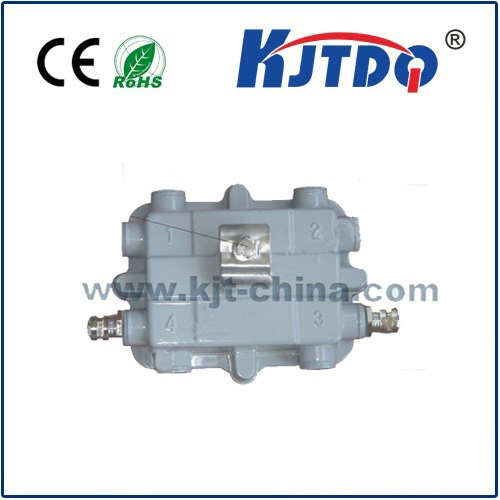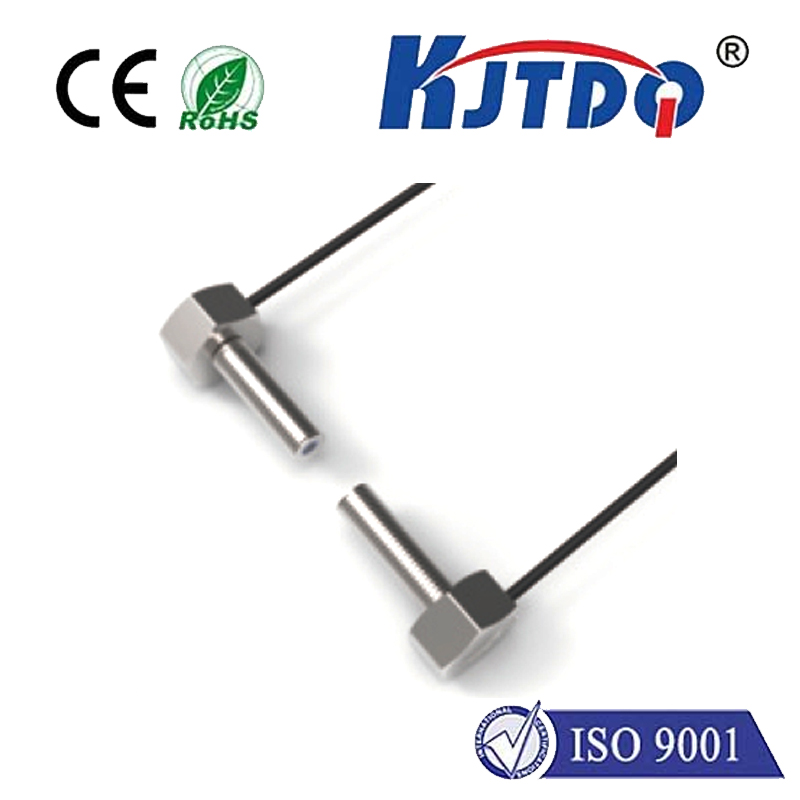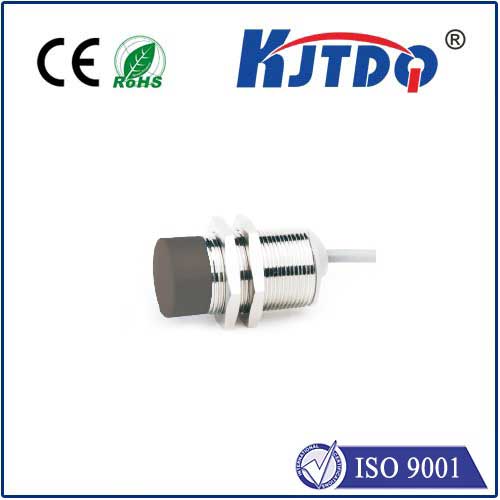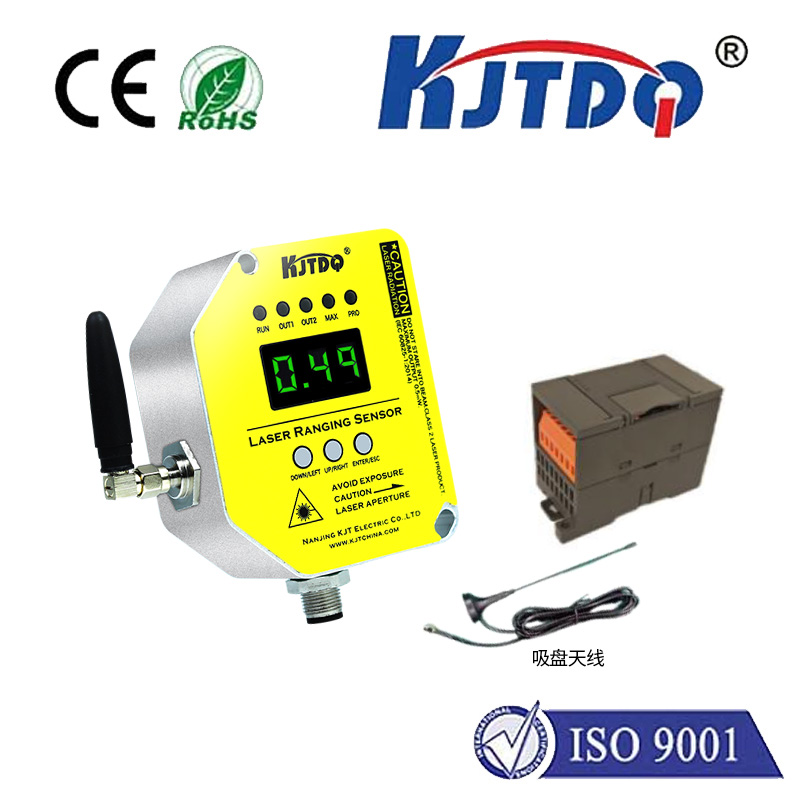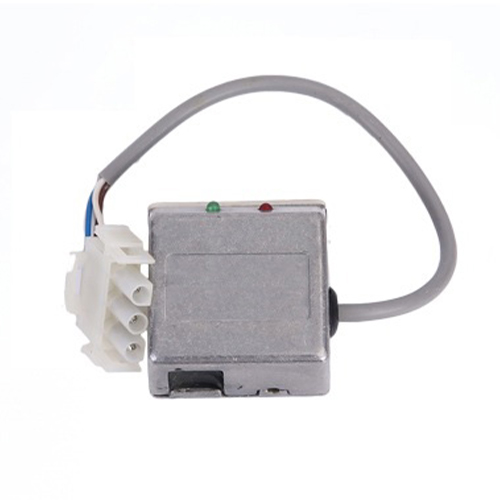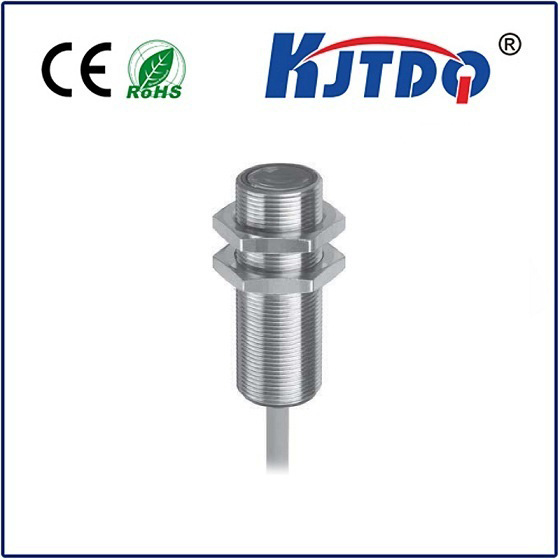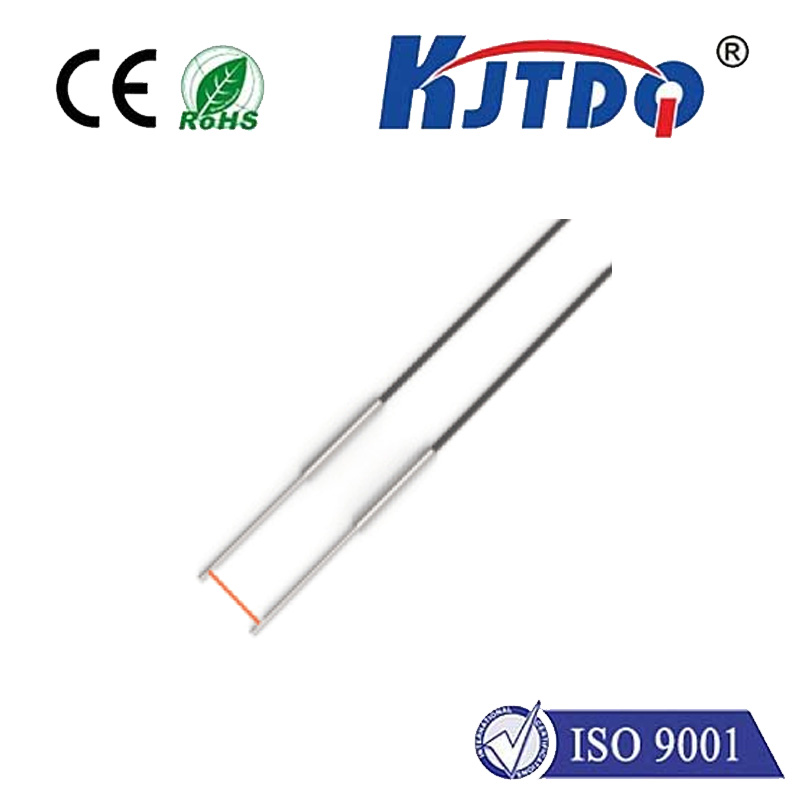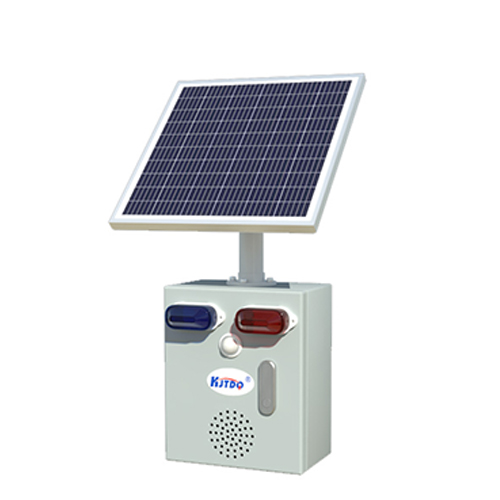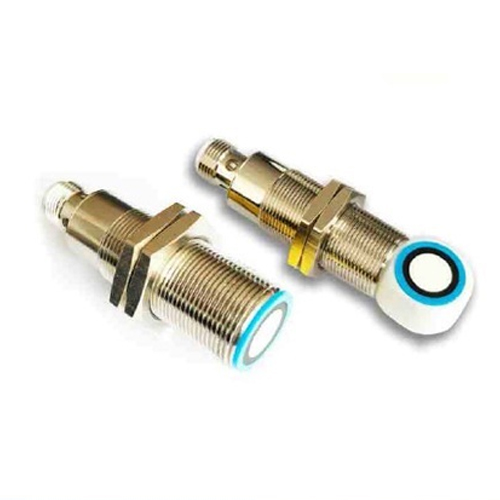YHP-20-35 Pull rope switch
- time:2025-09-23 05:06:24
- Click:0
The YHP-20-35 Pull Rope Switch: Your Essential Lifeline for Conveyor Belt Safety
Imagine a runaway conveyor belt, laden with heavy materials, hurtling out of control. The potential for catastrophic damage, severe injury, or worse is terrifyingly real. In these critical moments, when milliseconds matter and human reaction time might be insufficient, reliable emergency stop devices become the unsung heroes of industrial safety. The YHP-20-35 Pull Rope Switch stands precisely as this vital guardian – a robust, highly visible, and immediately accessible safety mechanism designed to bring dangerous machinery to an instant halt before disaster strikes. It’s not just a component; it’s an indispensable lifeline integrated along the length of conveyors and similar equipment, empowering any personnel in the vicinity to trigger an emergency shutdown.
Understanding the Critical Role of Pull Cord Switches
At its core, the YHP-20-35 is an emergency stop (E-stop) device specifically engineered for applications like conveyor belts, material handling systems, and processing lines. Its primary function is unequivocal: to provide a quick, reliable, and universally accessible way to stop machinery in case of an emergency. This could involve a worker caught in moving parts, a material jam escalating dangerously, a fire breaking out nearby, or any situation demanding an immediate cessation of operation. Unlike stationary stop buttons, the pull rope switch runs parallel to the entire hazardous section of the equipment, ensuring an operator anywhere along its path can activate it without searching for a specific point. This vastly reduces critical response time. Crucially, these switches are designed as safety components, adhering to stringent international standards (like ISO 13850 for emergency stop devices), and are implemented within Safety Instrumented Systems (SIS) or machine safety circuits to achieve the required Safety Integrity Level (SIL) or Performance Level (PL).
How the YHP-20-35 Pull Rope Switch Works: Simplicity Meets Reliability

The brilliance of the YHP-20-35 lies in its effective yet fundamentally simple mechanical design:
- The Rope: A highly visible, durable cable (often yellow or orange) runs the length of the conveyor guarded.
- The Switch Unit: Housed within a robust, typically IP67-rated enclosure for dustproof and waterproof performance in harsh industrial environments, this contains the critical switching mechanism. The YHP-20-35 designation commonly implies the switching distance (20mm) and the operating force required (35N).
- The Activation: When an emergency occurs, personnel simply pull down on the rope anywhere along its length. This action mechanically operates levers within the linked switch units.
- Circuit Break: This mechanical movement directly actuates heavy-duty, positively driven contacts (often SPDT - Single Pole Double Throw). This action instantly breaks the safety control circuit supplying power to the conveyor motor drive, causing an immediate, fail-safe stop. The design usually incorporates a latching mechanism, meaning the switch remains in the tripped (safe) state after activation and requires a manual reset (often a twist or turn of the switch housing) once the hazardous condition is resolved. This prevents accidental or premature restart.
- Reset: After the emergency is addressed and it’s safe to resume operation, authorized personnel must physically go to the switch unit(s) to manually reset the mechanism, restoring the circuit only when deliberate action is taken.
Key Applications Where the YHP-20-35 Shines
This pull cord safety switch finds its essential purpose wherever long stretches of potentially hazardous machinery operate, particularly:
- Conveyor Systems: The quintessential application – protecting workers along bulk material handling conveyors in mining, aggregate, cement, power plants, ports, recycling facilities, and manufacturing.
- Material Handling Lines: Protecting personnel near automated assembly lines, packaging machinery, palletizers, and sortation systems.
- Processing Equipment: Ensuring safety along feed lines for crushers, screens, mixers, or other large processing units.
- Any Long Machinery Run: Any linear machinery path where personnel need access and potential entrapment or other hazards exist.
Choosing the Right Switch: Key Features of the YHP-20-35 Model
The designation “YHP-20-35” typically signifies specific characteristics vital for performance and compliance:
- Switching Distance (20mm): Refers to the distance the internal mechanism travels to reliably open the contacts.
- Operating Force (35N): The approximate force required on the rope to activate the switch. This balance ensures it’s easy enough to pull in an emergency but insensitive enough to avoid false triggers from minor snags.
- Robust Enclosure (IP67 Common): Essential for dusty, wet, or corrosive environments, ensuring reliable operation and long life. Look for materials like corrosion-resistant aluminum or sturdy polycarbonate.
- Reliable Contact Design: Often featuring gold-plated or silver alloy contacts for low resistance, high current-carrying capacity (e.g., 10A+), and resistance to welding/sticking – critical for safety circuits. Positive Drive Mechanism ensures contacts snap open quickly and decisively.
- Clear Visual Indication: A bright actuator flag provides an unambiguous visual signal when the switch is tripped.
- Versatile Mounting: Options for horizontal or vertical mounting on conveyor stringers or frames.
Installation and Maintenance: Ensuring Ongoing Reliability
For the YHP-20-35 to function flawlessly when needed most, correct installation and regular maintenance are paramount:
- Strategic Positioning: Install the rope switch units at appropriate intervals (e.g., 15-30 meters apart, depending on standard requirements and risk assessment) along the conveyor, ensuring the rope runs smoothly, is taut but not over-tensioned, and is within easy reach (typically 0.6 to 1.0 meters above walkways).
- Alignment and Sag: Ensure the rope runs parallel to the conveyor and has minimal sag between supports to guarantee reliable activation force transmission.
- Routine Testing: Regularly test the entire pull rope system (at least weekly or per operational safety procedures). This involves pulling the rope at various points to verify it trips the safety circuit immediately and consistently locks out the conveyor motor. Do not rely solely on resetting the switch at the unit; physically test the rope pull.
- Visual Inspections: Frequently inspect the rope for fraying, kinks, cuts, or excessive dirt/oil buildup. Check switch enclosures for damage or corrosion. Ensure the rope guide pulleys turn freely.
- Functional Reset Check: After testing, verify the manual reset mechanism works correctly and requires deliberate action.
- Record Keeping: Maintain logs of all tests and inspections as part of your site’s safety management system. Proper YHP-20-35 installation and a rigorous pull rope switch maintenance schedule are non-negotiable aspects of industrial safety compliance.
In the high-stakes environment of industrial material handling, overlooking safety is never an option. The YHP-20-35 Pull Rope Switch embodies a critical layer of defense designed for simplicity, immediate access, and unwavering reliability. Integrating this vital conveyor emergency stop device, adhering to strict safety standards like those for emergency stop functions, and committing to its diligent maintenance, transforms it from a simple component into a fundamental pillar of your operation’s safety culture. It empowers every worker to become an active participant in safety, effectively placing an emergency stop button directly into their hands wherever danger might arise along the line. Ensuring its reliability isn’t just about equipment; it’s about safeguarding lives and preventing disasters.






